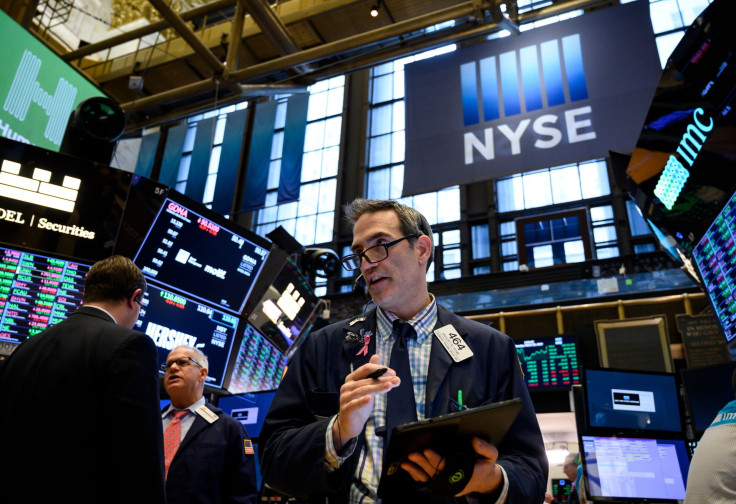High Open Expected For US Markets: Oil Slips, Gold Zooms

Higher open likely for Wall Street Monday after the important U.S. stock futures surged Monday morning erasing the deficits of previous sessions.
At 7.00 a.m. ET, Dow Jones futures jumped 157 points indicating a positive open of more than 210 points, S&P 500 and Nasdaq 100 futures were high.
Market sentiments in the U.S markets have been bolstered by President Donald’s Trump’s statement that trade war negotiations with China are set to start soon following China's call for talks after the Friday’s flare-up in the tariff war.
Trump told reporters at the Group of Seven (G-7) meeting in Biarritz in France Monday that the two countries would start the talks “very seriously.”
The softening stand of China on trade dispute was indicated by Chinese Vice Premier Liu He who said Monday that China is against the escalation of the trade conflict.
Trump’s tweets on Friday said the U.S will raise tariffs on $250 billion worth of Chinese goods to 30 percent unlike the 25 percent planned earlier. Tariffs on another $300 billion worth of Chinese products will also be hiked to 15 percent from 10 percent. This followed China slapping new tariffs on American imports.
In stock market news, European stocks showed mixed trends Monday after recovering from some early losses.
Trump's announcement that the US would talk to China to settle the trade issues improved sentiments. The pan-European Stoxx 600 index recovered and hovered near the flatline during morning deals.
Oil price falls
Oil prices fell on Monday, pushing U.S. crude to the lowest in two weeks, as intensifying trade war between the U.S. and China stymied confidence in global economic growth and demand.
Brent crude fell 0.9 percent at $58.82 a barrel by 0645 GMT, the lowest since Aug. 15. U.S. oil (WTI) fell 1.1 percent to $53.55 a barrel that was also the lowest since Aug. 9.
“The only thing that will lift the storm clouds over oil markets this week will be if both China and the U.S. talk and decide to mutually take a step back,” said Jeffrey Halley, market analyst at Oanda.
Adding to the recession fears was the new data that showed that the U.S. manufacturing registered its first month of contraction in almost a decade.
Asian markets slide
Stocks in Asia fell Monday after an escalation in the U.S.-China trade war. Hang Seng index in Hong Kong’s dropped more than 2 percent.
In mainland Chinese stocks, benchmark Shanghai composite shed 1.17 percent.
The Nikkei 225 in Japan dropped 2.17 percent while the Topix index declined 1.61 percent. This is despite Japanese Prime Minister Shinzo Abe’s inking a trade deal with U.S. President Trump.
South Korea’s Kospi fell 1.64 percent while Australia’s ASX 200 finished 1.27 percent lower.
In the market turmoil, the offshore Chinese yuan plunged to a record low against the dollar.
Indian shares made gains Monday, with benchmark equity indices posting the biggest single-day gain in three months. The cheer came after the government announced some sops to revive the economy.
The 30-share benchmark Sensex jumped 793 points or up by 2.16 percent. The broader 50-share NSE index ended higher by 228.50 points or 2.11 percent.
Gold price zooms
Gold prices zoomed to a six-year high on Monday, as the tariff war escalated between the United States and China and battered global equities and boosted demand for safe-haven assets.
Spot gold jumped 1 percent to $1,541.30 per ounce as of 0619 GMT, after touching $1,554.56 an ounce, its highest since April 2013.
The U.S. gold futures soared 0.9 percent at $1,551.80 an ounce.
“Gold was the beneficiary of President Trump’s tweet-storm on Friday,” commented Stephen Innes, managing partner at VM Markets.
© Copyright IBTimes 2025. All rights reserved.




















